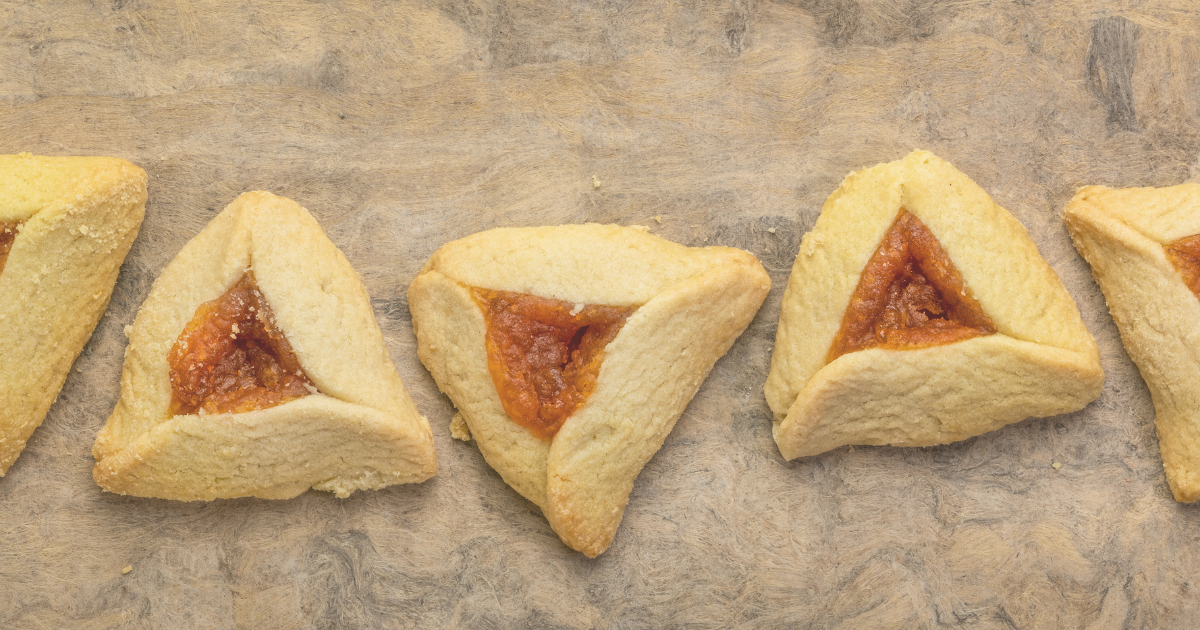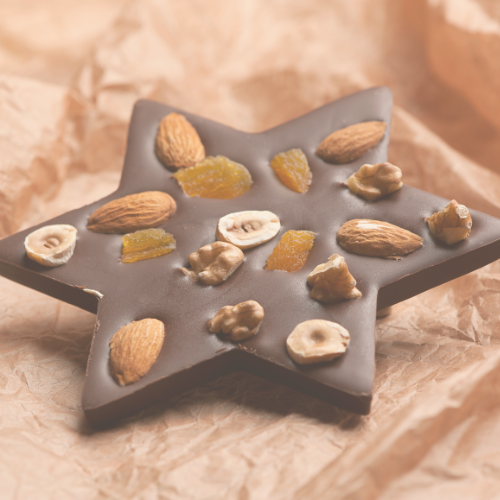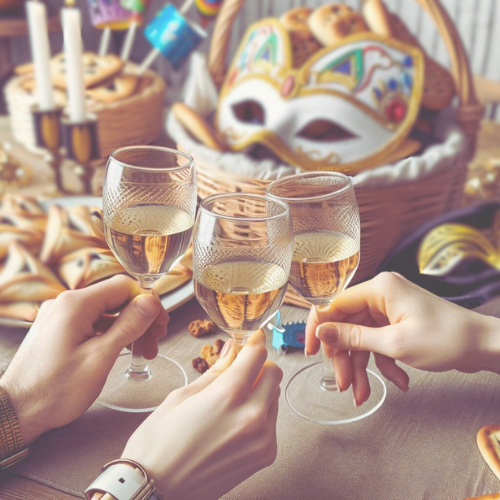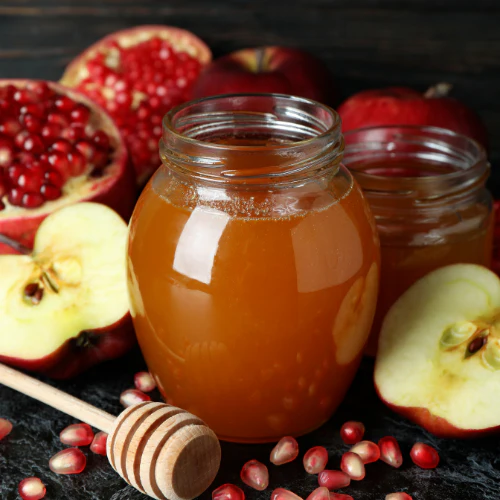Table of Contents
- Boost Your Purim and Year-Round Giving with Our Charitable Partner Program
- Why It’s Special
- How to Participate
- Join the Movement
The springtime holiday of Purim is celebrated on the 14th of the Hebrew month of Adar with costumes, feasting and the symbolic sharing of Purim food baskets. Commemorating the miraculous defeat of the Haman’s plans to annihilate Jews, Purim celebrates the irrepressible love and unity of the Jewish community.
Let’s explore the roots of Purim from the feast of Esther to today and how exchanging “Mishloach Manot” became part of present-day traditions.
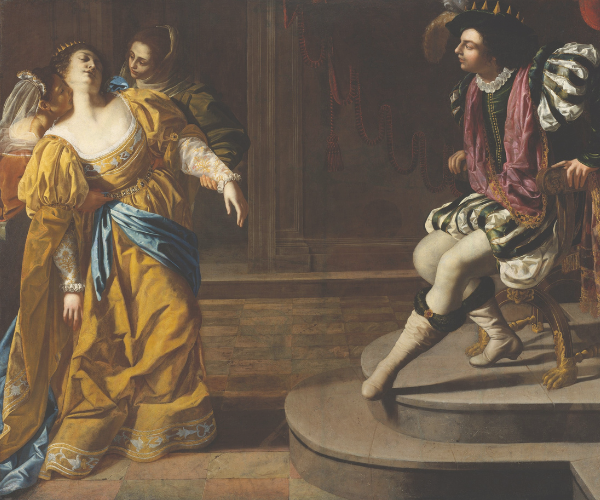
Historical Origins of Purim
The Purim story marks the events that took place in the Persian Empire of the 4th century BCE when Jews were subjects of King Ahasuerus. Following the execution of his wife, Queen Vashti, for not following his orders, the King set out to find a new wife by arranging a beauty pageant. Unbeknownst to the King, the girl who caught his eye, Esther, was Jewish.
When the newly appointed prime minister, Haman, met with the Jewish leader and cousin of Esther, Mordechai, Mordechai’s refusal to bow to Haman incensed the prime minister, a known hater of the Jewish community.
Haman convinced the king to order a decree “to destroy, kill and annihilate all the Jews, young and old, infants, and women, in a single day.” Haman threw lots to determine the day for the extermination, which was the 13th of Adar. Hence, the name Purim is the ancient Persian word for “lots.”
However, when Esther revealed her Jewish nationality to the king at a feast, the King had Haman hanged and appointed Mordechai as the new prime minister. He then issued a new decree granting the Jews the right to defend themselves against their enemies. As a result, instead of the planned massacre of all Jews on the 13th of Adar, the Jews killed their enemies and celebrated on the 14th, the day marking Purim.
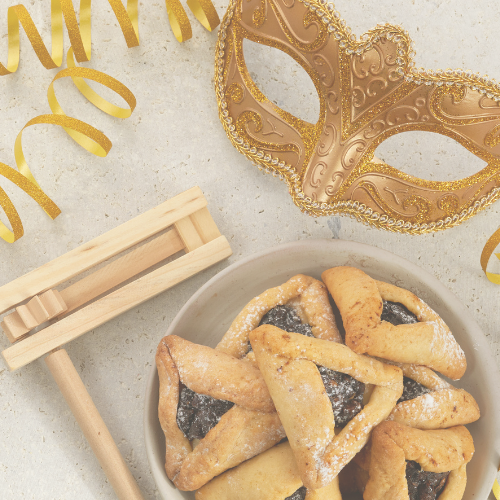
How is Purim observed?
Although Purim gifts of money and food are the most common observations of Purim, other joyous traditions are honoring the holiday. The Purim feast is an important part of the celebrations with wine and alcohol playing a significant role in the festivities.
Children and adults often don costumes or masks as part of Purim traditions to represent Esther’s refusal to reveal her Jewish identity. In the 13th century, European Jews added a twist to the traditions, making noises to drown out the mentioning of Haman’s name during the reading of the M'gillah. Today, noisemakers known as groggers are often given as gifts to children and used throughout the celebrations.
Evolution of Purim Gift Baskets
The tradition of Purim Mishloach Manot began following the miracle of Purim, according to the ninth chapter of the Book of Esther: “…the Jews of the villages, which dwelt in the unwalled towns, made the 14th day of the month of Adar a day of gladness and feasting, a holiday, and of sending portions to one another.”
One of the ancient foods shared at Purim, hamantaschen, translates into “Haman’s ears,” based on the myth that Haman’s ears were cut off before he was hanged. Because there is no record of this act, the triangular shape could represent Haman’s hat. Although today’s hamantaschen comes in many savory and sweet varieties, the original pastries were filled with poppy seeds. As a result, it’s more likely the pastry’s name comes from the word “mohn” for poppy seeds, and “tash” meaning pocket.
There are also several interpretations explaining why food gifts are shared. The tradition could be in response to Haman’s accusations that the Jews are “a scattered and divided nation,” with the sharing of food portions proving that Jewish people are united.
Another possibility is ensuring everyone fulfills the mitzvah of eating a proper, festive meal on Purim by sharing food portions with the poor. Some believe everyone sharing food avoids drawing attention to those without food to celebrate the mitzvah, so they don’t feel ashamed. Today “matanot l’evyonim,” the tradition of giving to the poor, can include any form of giving,, whether volunteering, donating food or money, or supporting a preferred Jewish charity.
Modern Mishloach Manot Practices
Today, families share baskets with various foods and treats, known as shalach manos. The only rule families are expected to follow is to ensure at least two items in the basket are edible, such as:
- Chocolates or candies
- Baked goods
- Nuts and dried fruit
- Gourmet items such as truffles, wine, cheeses, spreads, etc.
Other items that help people enjoy their Purim celebrations have expanded to include various creative gifts, from fancy kosher wines and openers to festive masks and Purim decorations to groggers.
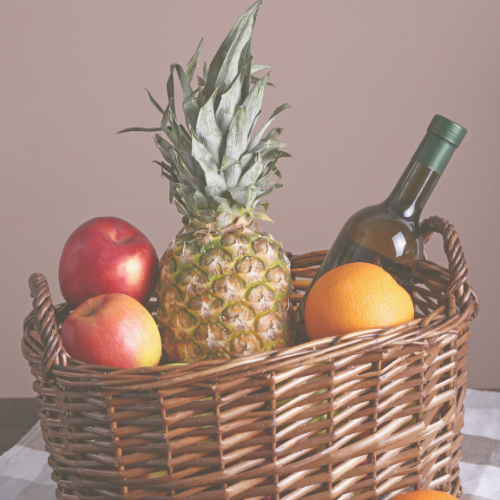
Creative Purim Basket Ideas
Introducing creativity and personality into Purim gift baskets helps make your loved ones’ celebrations memorable. Some ideas for unique baskets might include:
Tea or Coffee Theme
Sharing a selection of teas or coffees encourages loved ones to spend some much-needed downtime with a warm beverage and Purim treats. Your basket might include:
- A fresh loaf of Challah
- Assorted treats such as hamantaschen
- Assorted teas with a tea infuser
- Assorted coffees with a French press
Mini Baskets
Making mini baskets allows you to spread the love a little further. Simply fill colorful small paper take-out containers or boxes with sweet and salty treats. These mini baskets are ideal for sharing with friends and family and donating to Jewish charities to share with those less fortunate community members.
Cocktail Theme
Ideal for adults, the cocktail theme allows you to share festive drink-themed items in your baskets, such as:
- A book of cocktail recipes
- Festive ice cube molds
- Assorted ingredients such as bitters, mini spirit bottles, etc.
- Salted nuts
- Gourmet chips
- Jigger
- Cocktail shaker
- Swizzle sticks
Wine Theme
For the wine lovers in your group, a wine-themed basket is the perfect Mishloach Manot theme, including:
- Your choice of red, white, rose, or sparkling kosher wines
- A pair of wine glasses
- A wine opener
- Flatbread crackers
- Assorted cheese tray
- Grapes
The sharing of Purim baskets continues to play a meaningful role in Jewish life. Creating thoughtful, personalized Mishloach Manot for loved ones is a wonderful way to honor this ancient tradition.
Why not include kosher wines in your Purim gift baskets? Click here to start shopping.

Enhance Your Celebrations and Give Back
Boost Your Purim and Year-Round Giving with Our Charitable Partner Program
As you embrace the Purim mitzvah of matanot l’evyonim, sharing joy and support with those in need, the Kosher Wine Warehouse Charitable Partner Program presents an unparalleled opportunity to extend your generosity. This program is a means to enrich your Purim festivities and a pathway to contribute to your favorite Jewish charity throughout the year, ensuring your celebrations have a lasting impact.
Why It’s Special:
- Direct Support: By purchasing kosher wines for Purim baskets or any celebration through our program, you directly contribute to the charity of your choice.
- Year-Round Impact: This isn’t just for Purim; it’s a way to continuously support your chosen charity through the joy of sharing quality wines.
How to Participate:
- Encourage Participation: If your favorite Jewish charity isn’t already a part of our program, suggest they sign up to receive a unique referral code.
- Spread the Word: Use and share the referral code. Every purchase made with this code supports the charity, enhancing their ability to make a difference in the community.
Join the Movement:
Let’s turn every bottle of wine into a beacon of support for those in need. Visit https://winewarehousestore.com/pages/fundraising-for-a-cause to learn more about getting your favorite charity involved and contributing more effectively today.
Share this page:


